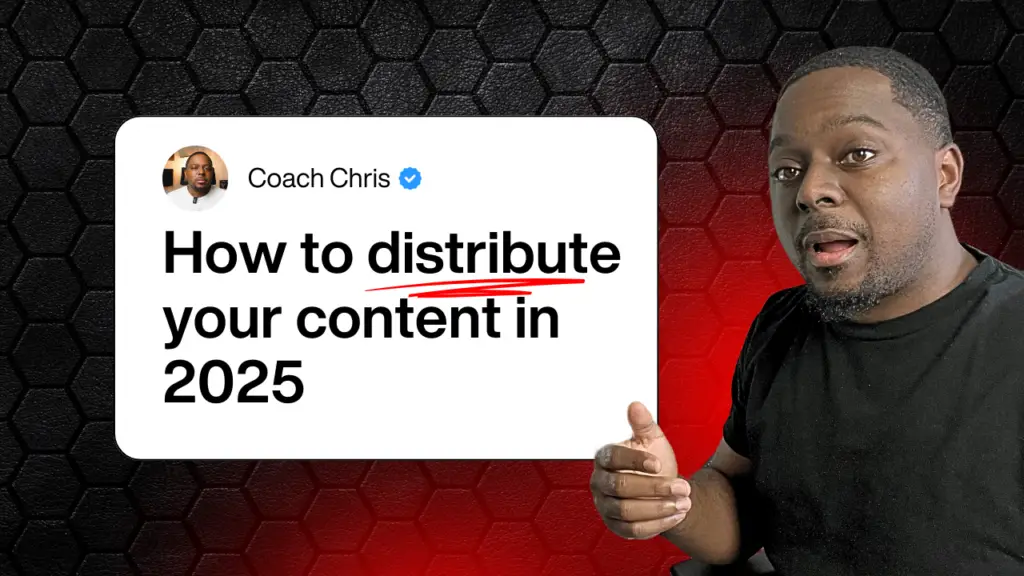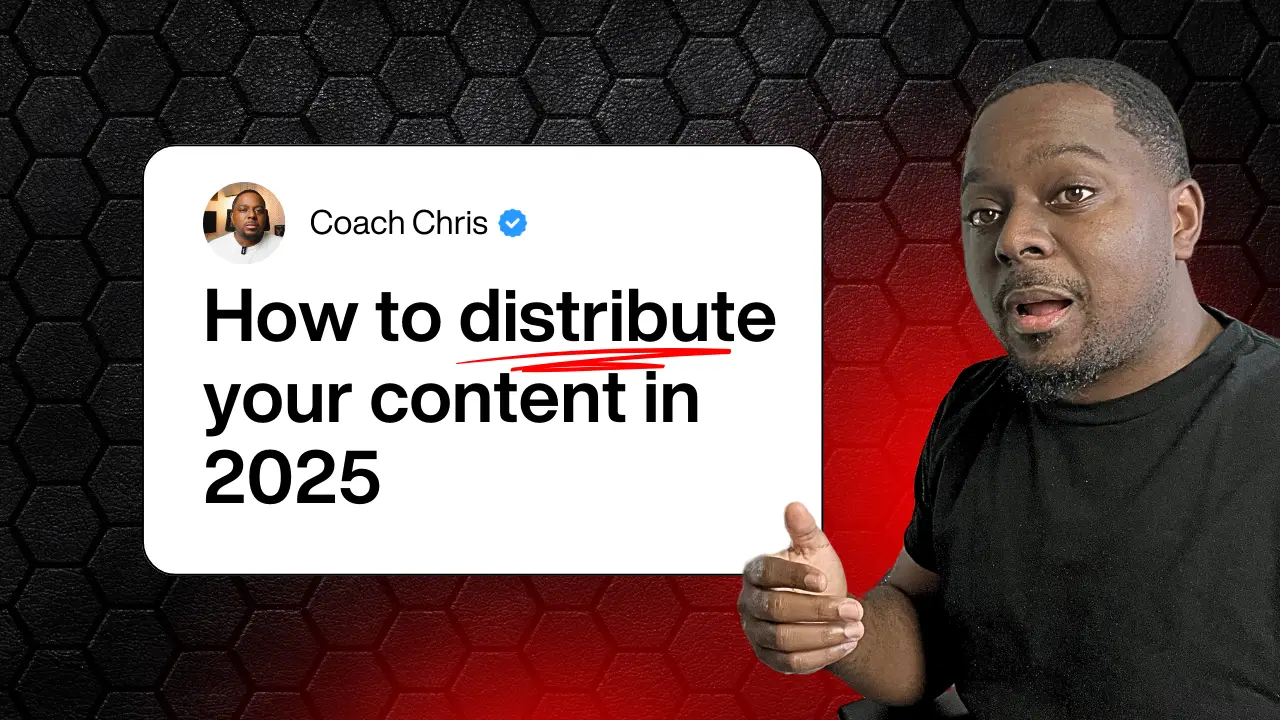Most startups think growth starts with building their own audience from scratch. That’s not just slow—it’s often the reason content strategies fall flat. This content growth strategy is everything for startups.
Here’s the truth: you don’t need a massive audience of your own to win with content. You need access to the right audiences. The fastest way to build trust, drive traffic, and close customers is by tapping into audiences that already exist.
This blog will walk you through why this works, how to do it strategically, and how you can start seeing traction within days, not months.
Why Leveraging Existing Audiences Works
Before we get into the how, let’s understand the why. (This is a requirement for your content growth strategy!)
Audience trust is transferable
When someone you trust introduces a new voice, you’re far more likely to listen. Borrowed trust is the most underrated growth hack in content marketing. You almost have to use this trust approach early on in your businesses content creation journey. When your brand is unknown and you don’t have any proof, other businesses who’ve done the work talking about you in a positive light is still a win.
Faster visibility
Building a blog from 0 to 10k monthly visits is hard. But getting featured on a podcast with 10k listeners or a newsletter with 20k subscribers gets you instant eyeballs. There isn’t a limit on the amount of brands, influencers, or experts who can recommend you.
Another element of speed is the timing of being shared. If you rely on algorithms like YouTube or social platforms then you’ll always be struggling to build your brand. (I know there are a ton of gurus out there promising to have the secret sauce but literally no one does.) You could rely on five accounts in your market to get you more reach than an official account on most platforms.
Better conversions
Warm audiences convert better. When someone promotes you, they’ve already done the heavy lifting. As you build your audience, lean on the existing audiences. This doesn’t mean you should be super agressive and chase conversions immediately. Still put your focus into providing solutions for your market.
The Three Types of Existing Audiences to Leverage
A secret content growth strategy is using other people’s audiences. In the beginning, you’re screaming into a void. It can be difficult to be seen by the prospects who you want to work with and provide value to. So here are three ways you can leverage existing audiences to increase the reach and impact of your content:
- Newsletters
- Many niche newsletters are hungry for quality content and collaboration.
- You can run paid placements, content swaps, or co-branded campaigns.
- Example: Reach out to a newsletter that covers SaaS growth, offer your lead magnet or an original article.
- Podcasts
- Most shows need guests and experts.
- Podcasts are great because you can go deep with context, build brand authority, and even repurpose the interview into your own content.
- Don’t just pitch yourself as a guest—share 2-3 talking points and offer to share the episode with your network.
- Communities
- Slack groups, Discord servers, Reddit subs, private masterminds.
- Join 5-10 and start engaging. Offer insights. Share wins. Ask smart questions.
- Once you’re visible, your content naturally gets shared or discussed.
A key element to your content growth strategy is to repurpose the content you create as a guest. There are a lot of founders, experts, authors, coaches and entrepreneurs doing guest appearances on podcasts and newsletters. The problem is what happens to that content after the guest appearance. You should still use the clips, photos and anything else you can get as a resource of proof. Get as much use as you can from your content.
How to Identify the Right Partners
Your content growth strategy needs to include partners. There should be a list of people who you can rely on to share your content wiht their audience. Some people only do this on social platforms like Twitter or Instagram. But imagine if you could execute this strategy with pillar content on YouTube or your podcast!
Not all audiences are created equal. Here’s how to find the right ones:
- Audience alignment: Does their audience match your ICP (Ideal Customer Profile)?
- Engagement level: Don’t get blinded by vanity metrics. Look for active engagement (open rates, comments, shares).
- Access potential: How easy is it to collaborate? Do they have a clear path for guest content or sponsorships?
Tool Tip ⚙️: Tools like SparkLoop, Beehiiv Boosts, and Podmatch help you find potential partners across newsletters and podcasts.
Building your content growth strategy with several different partners is incredible for sustainable growth.

The Right Way to Reach Out
Reaching out can be scary in the beginning. You haven’t set a foundation, built any relationships, or produced a lot of content to be taken seriously. That’s why you have to be strategic when connecting with possible partners.
You’re not begging for a favor. You’re proposing a win-win. Keep your outreach tight:
- Personalize your message. Mention specific episodes or posts you loved.
- Be clear about the value. What can you offer? A great idea, a unique story, or exposure.
- Make it easy. Share a ready-to-go headline, bullet points, or even a sample draft.
As a pro tip, I’d suggest posting at least 5 pieces of original, pillar content before beginning your outreach. After you’ve finished planned your content, you can bulk create and publish that content at once. It would be even better if you have a content series so the audience can binge on your messaging. Some of your potential partners might want to see what your content looks like and make sure it aligns with how they create.
So be patient with your outreach. Partners are vital for your content growth strategy but you don’t want to rush the process.
How to Prepare for a Successful Feature
Planning for your features is another huge part of your content growth strategy. Every time you do a guest spot on a podcast or have a blog post shared, the traffic should be leading back to your world.
Being featured is just the beginning. Here’s how to maximize it:
- Create a dedicated landing page. Tailor your CTA to the audience.
- Promote the feature. Share it with your list and socials. Tag them to return the favor.
- Repurpose the content. Turn a podcast appearance into 3 tweets, 1 blog post, 1 newsletter segment, and a LinkedIn carousel.
Build a Repeatable System
The best content growth strategy is turned into a system. This means you can put other people in place to execute certain parts of the process and your brand can remain top of mind for the entire marketplace.
To make this a core growth channel:
- Build a database of partners and outreach history.
- Schedule recurring outreach blocks weekly.
- Track performance per partner (clicks, leads, conversions).
- Double down on top-performers and scale those collaborations.
Pro tip: Every month, reach out to 10 new audiences and follow up with your best-performing partners.
Content Growth Strategy
The “build it and they will come” era is over. Even using AI to create unlimited pieces of content isn’t logical. Now you need a more calculated content growth strategy to get effective results.
Instead of struggling to grow from zero, shift your mindset. Find the brands and people who already have the audience you want, and offer them something so valuable they want to share it.
By focusing on partnerships and borrowed audiences, you’ll:
- Build faster trust
- Get more visibility
- Close better leads
And you’ll do it in a fraction of the time.
Start with just one outreach today. That’s all it takes to set the flywheel in motion.
Welcome to startup content marketing with leverage—powered by Hinesight.


